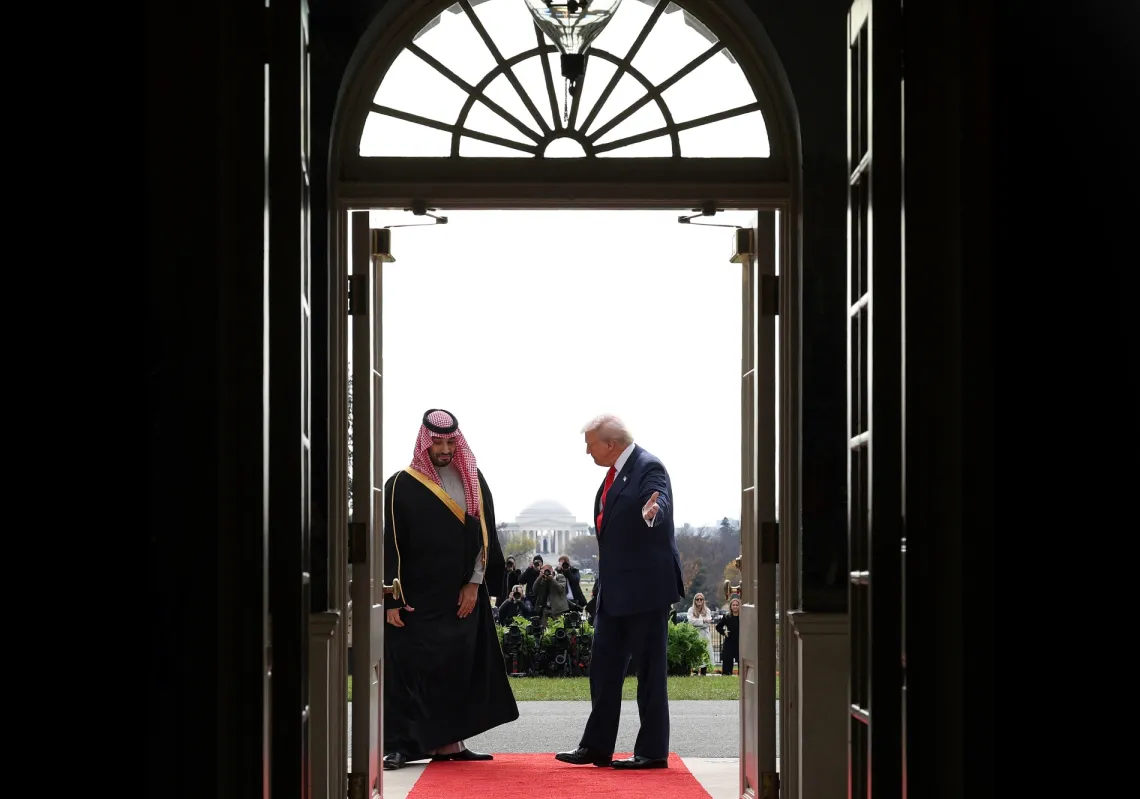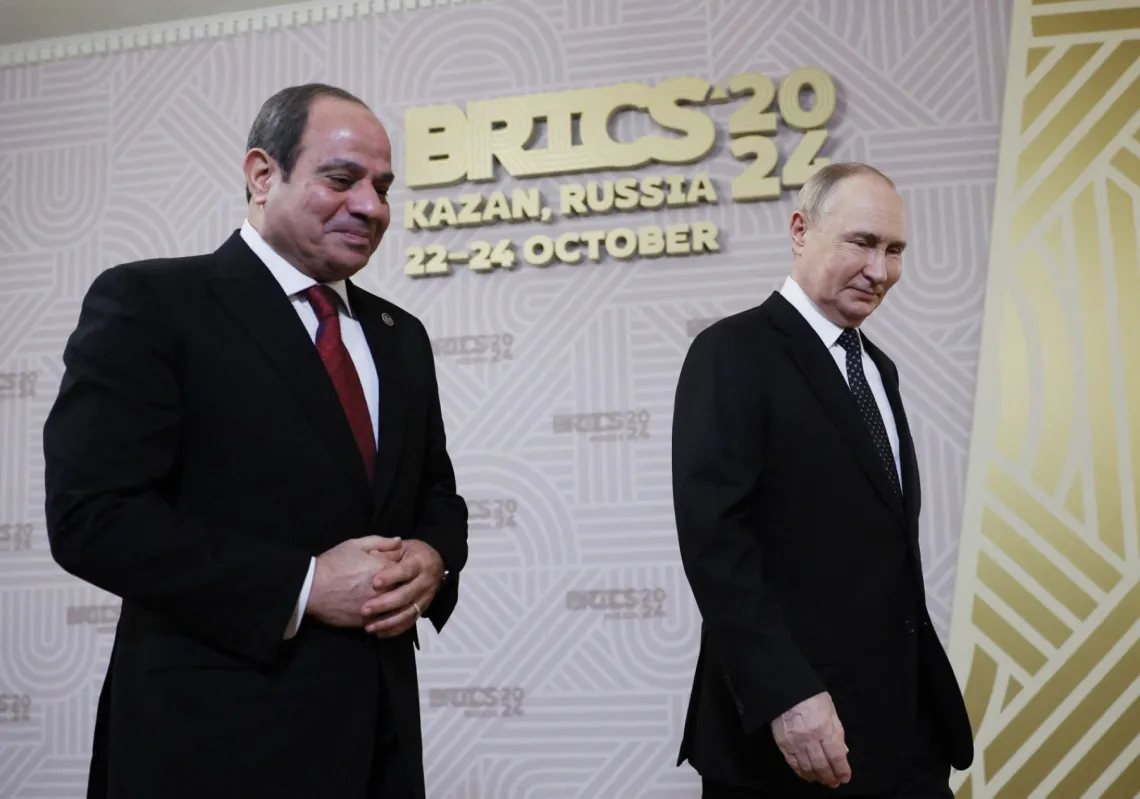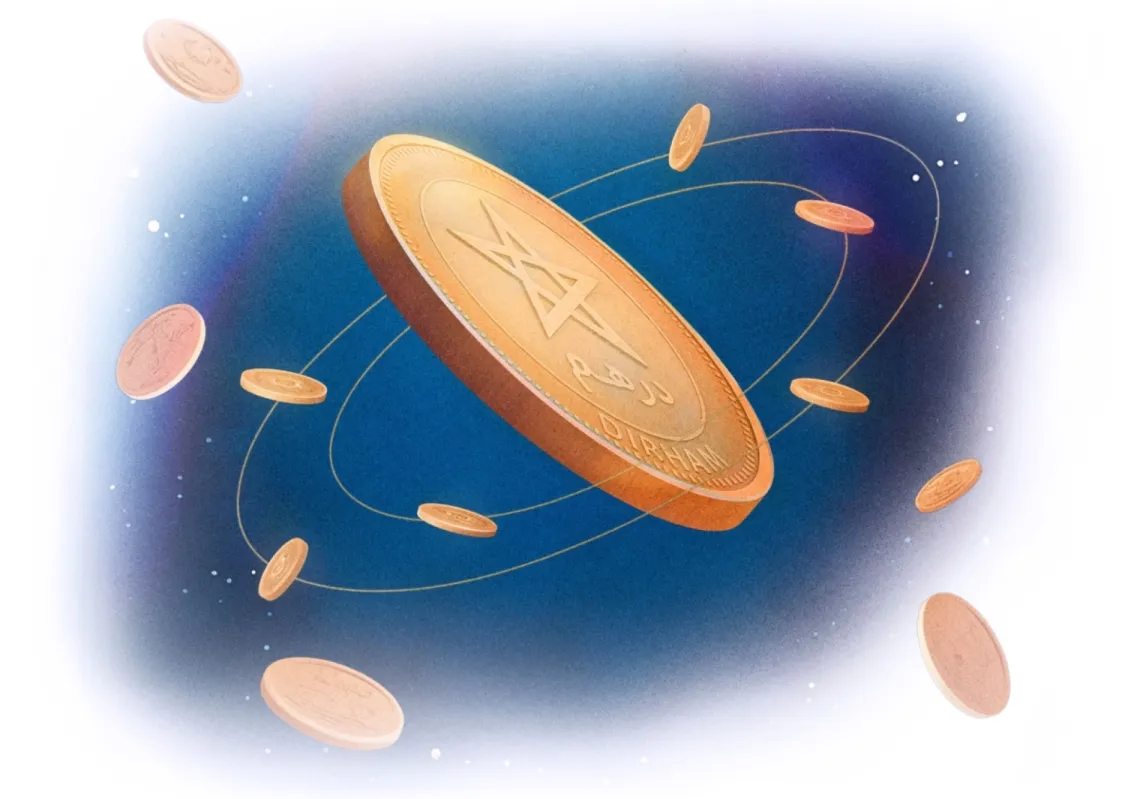In one of the most painful expressions of the reality faced by many countries that were among the waves of democratization sustained by the post-Soviet countries in the 1990s, the adviser in the office of the President of Ukraine, Alexei Aristovich, commented in late August 2021 on the withdrawal of the US forces from Afghanistan saying: “Thirty years later, it has become clear that liberal democracies are destroying people, states, and institutions no less successfully than the totalitarian regimes they fought against.”
He added, “This proves that values and ideals are higher than thought, and they are able to obscure the eyes of the most advanced people and institutions," noting that the events in Afghanistan after the American withdrawal and the handover of power to the Taliban group revealed the collapse of the doctrine of liberal democracy that was promoted by some at the end of the Cold War who at the time claimed the victory of liberalism.
According to the words of the Japanese-American writer Francis Fukuyama in his book, these successive events proved the bankruptcy of that American vision.

It is true that the Cold War ended with the collapse and disintegration of the Soviet socialist system, but it is also true that it did not mean the end of history and its cessation, as much as it meant the start of a new stage of competition and conflict unless the existing reality was acknowledged.
This is what the Ukrainian advisor referred to by saying explicitly that the United States is now reaping the results of its misperceptions about reality, which cost hundreds of billions of dollars and hundreds of thousands of lives.
This comes to agree with what Egyptian thinker Abdel Moneim Saeed said about the other exploits that took place in Afghanistan and Iraq and failed. In these adventures, political engineering processes failed to produce societies according to American liberal standards, which ignored reality and the developments that have occurred and are occurring.
The truth is that even though these visions preceded the military operation carried out by Russia against Ukraine, which has entered its seventh week, with the crisis still burning on the one hand, and its effects and repercussions on various countries of the world on the other hand, it has confirmed the sincerity of the analyzes that have repeatedly warned against imposing a democratic template on countries without an accurate reading of the reality of its problems and crises, which is embodied in the Ukrainian crisis today.
At a time when the various successive regimes in Ukraine since its independence in the early 1990s have tried to make an accurate and careful reading of the international and regional scene for fear that the country will fall between the hammer of the West and the United States and the anvil of Russia, realizing a Ukrainian reality reflects two important features.

The first is the geostrategic position that Ukraine occupies in the Russian neighborhood, as Ukraine represents one of the weaknesses in Russian security which Moscow is keen to protect and defend against any threats that come from Ukraine.
The second is the nature of the geography of the Ukrainian state and its demographical distributions within its regions, which can take the form of a divergence between its eastern part (with the Russian ethnicity, culture and the Russian language) and the western part (with the Ukrainian ethnicity and the predominance of Western culture and the English language in addition to the Ukrainian language).
In light of these two features, it becomes important to emphasize a number of observations in an attempt to explain the aggravation of the crisis and its increasing complexities, which may contribute to presenting visions and scenarios regarding its future paths, through two axes:
The first is the failure of the inside and the interventions of the outside:
In a reading that carries a dimension that has not received attention from many studies and analyzes regarding the interpretation of the Ukrainian crisis and the complexities of its circumstances, this dimension relates to the demographic structure within the Ukrainian state and the failure of the Ukrainian political system after what was known as the Orange Revolution.
That revolution was part of a package of colored revolutions that the region underwent. With the removal of the ruling elite supporting Russian positions, the Ukrainian state entered a vicious cycle of domestic tensions and popular demonstrations that tried to impose its visions on the political process, taking advantage of Western support in general and the United States in particular.
That support did not exceed the specious sloganeering that motivates citizens to go out to the streets as well as the demand for political reforms to strengthen the democratic process that allows for more popular participation in political and economic decision-making.
This comes in the hope of imitating the Western democratic model with its concepts, mechanisms and orientations, being the most expressive model of popular will and societal aspirations.

This also comes with ignoring the danger of such an approach which is based on imitation without taking differences into account and an analysis that requires searching for other approaches that ensure achieving the goal of establishing a non-corrupt, democratic system of government without compromising the security and stability of the state.
This is what former Ukrainian President Petro Poroshenko had commented on before the launch of the election campaign of the current Ukrainian President Zelensky after he announced his intention to run in the presidential election process.
Poroshenko said that leading the country is a heavy national responsibility not a satirical play or a satirical movie. “I want to remind everyone that it's not a joke, it's an election for a commander-in-chief."
Regardless of the nature of the position on former President Poroshenko and what his reign achieved in the Ukrainian state, this comment remains a clear expression of the current reality that Ukraine is experiencing today under continuous Russian bombing and expected Western and American inaction.
It can be said that the Ukrainian experience in its Orange Revolution that preceded what the Arab region underwent in terms of revolutions described as the Arab Spring (which turned into a stormy autumn in the countries for the inhabitants of the region), represented a warning for countries and peoples in different regions of the world that the ready-made democratic template that some of these countries tried to import from Western Europe and the United States only carried with it the destruction of the state.
This can happen if the current reality, its challenges and crises are not taken into consideration. This was explicitly indicated by US writer George Friedman in an analysis published by the American “Stratford” website during the Ukrainian revolution in 2014, in which he addressed the significance of European intervention and its impact on the exacerbation of crises and challenges that faced the Ukrainian state, stressing that what happened would not lead to political stability or the preservation of national unity.
Rather, he predicted at the time that the Ukrainian state would face challenges and crises in the coming days, a prophecy that was also fulfilled.
The second is a correct reading in a complex reality:
The Ukrainian crisis revealed that all parties (the Russian, Western and the ruling Ukrainian political elite today) did not have an accurate reading of the Ukrainian reality, which represented the arena in which the battle is taking place today.
This requires everyone to reconsider their approaches if we want to reach quick solutions for this complex and intertwined crisis, which undoubtedly generates several repercussions on the situation of the entire world at the political, economic, military, security and environmental levels.
In light of this, it becomes important to reconsider many points related to reading the crisis and analyzing its dimensions according to the parties directly involved in it, and this represents three levels, namely:

- The Western/American level, as it became important to realize the European West and Europe.
- The Ukrainian domestic level, as one must be well aware that the state has failed to achieve full citizenship for all its residents in the east that is more pro-Russian, and in the western part which is mostly aspiring to integrate with the European Union. This failure led to the occurrence of many crises and demonstrations that played an important role in changing regimes.
The state suffers from political instability, which was accompanied by several failures that led to Ukrainian citizens taking to the streets from time to time to demand their living rights. They even demanded secession, whether this separation led to integration with the Russian state, as was the case in the Crimea, which joined in 2014, or to independence, as was the case in the regions of Luhansk and Donetsk, the two republics whose independence Moscow recognized on February 21, three days before the start of the Russian military operation.
It is noteworthy that this independence and the accompanying recognition are what gives Moscow the legal basis to intervene at the request of a legitimate government in two independent republics that demanded the Russian presence, similar to the argument Moscow announced when it intervened in the Syrian crisis.
What we would like to conclude is that one of the main reasons for the start of the Ukrainian crisis, not only from today, but in the past, is due to the failure of the Ukrainian state to adopt a democratic model that takes into account the geographical reality of the state on the one hand, its demographics on the other hand, and its foreign policy entanglements on a third hand.
Its formal democracy resulted in the arrival of a president who failed to avoid crises, caused the creation of more crises, and did not have a clear vision about the goal he wanted to achieve, so the country plunged into a war that threatens its existence.
- At the Russian level, many understand the Russian fears of NATO expansion eastward directly to the Russian borders, as well as European expansion through the inclusion of the border countries of the Russian state within the framework of the European Union.
But this understanding does not mean that Moscow suddenly launches a military operation on the Ukrainian territory, which has claimed hundreds of lives and left thousands of casualties on both sides. It has also opened the way for the recruitment of mercenaries to fight the war for both sides, which leads the region into a complex crisis even if Russian-Ukrainian understandings are reached.
But the crisis revolves around how to deal with these mercenaries after the end of the war? Hence, Moscow should have waited until it exhausted all diplomatic avenues that fulfill its minimum demands regarding the neutrality of the Ukrainian state, renouncing alignment to one side or the other.
It is true that Moscow was keen on this, as was evident from the speeches of Russian President Vladimir Putin and representatives of the Russian state. However, the West, especially the United States, saw this as a favorable moment to ignite the situation in order to achieve its interests at the expense of the lives of peoples and the future of their children.
The bottom line is that the Ukrainian failure to rearrange its domestic situation in the absence of a national vision that unites the various societal, ethnic and linguistic formations, has given way to arousing the primary affiliations of the most marginalized groups, on the one hand.
On the other hand, it made room for foreign interventions to provide support to each of the parties supporting its positions. The division was the master of the situation inside Ukraine, starting with the Crimean crisis and ending with the current crisis in which the dimensions overlap.
The parties are intertwined and without any vision, and its path is dominated by thick fog, which needs a skilled pilot who is able to lead the ship of the homeland to bring it to safety.
Are the Ukrainian people able in those circumstances to produce this skilled pilot who saves his country and the whole world from a crisis that began spatially limited inside Ukraine, but then developed geographically to extend its effects to various parts of the globe?








